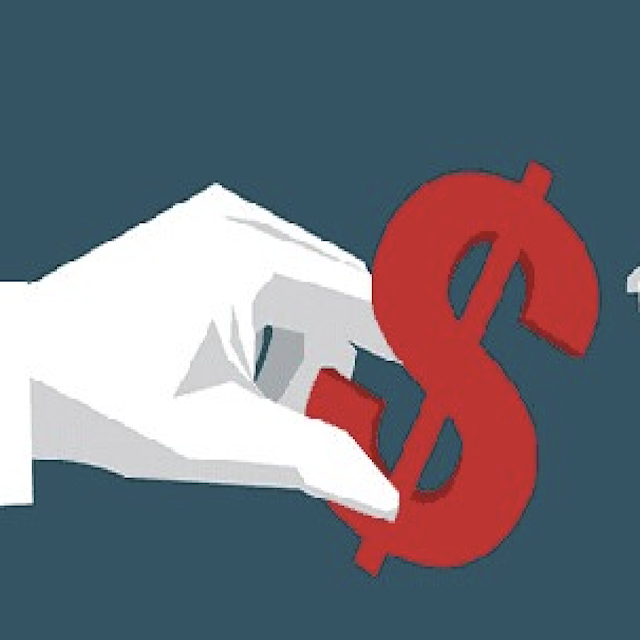CRE Lending Set for Double-Digit Growth Through 2026

Several constraints that have weighed on the CRE investment market in recent years are beginning to ease, with signs pointing to improving capital liquidity across the sector.
According to a new research brief from Marcus & Millichap, CRE deal flow is picking up and could end the year at levels comparable to 2016. Deal activity has been sluggish since 2022, when sharply rising interest rates pushed many assets into negative leverage. This, combined with tighter lending standards and a tough capital-raising environment, dragged first-half deal flow to 10%–15% below the 2014–2019 average.
The rebound is being fueled primarily by private investors, who accounted for 59% of CRE sales in the first half of the year. Additionally, capital inflows into CRE-focused investment funds are showing signs of recovery. Through the first six months of the year, such funds raised an average of $30 billion per quarter—still below the $68 billion peak seen in a single quarter of 2021, but ahead of the trailing 10-year average of $28 billion.
However, capital raised per fund remains below historic levels, suggesting that a wider pool of smaller funds is now active in the market. About 180 funds were active each quarter this year, raising an average of $173 million each. By contrast, 183 funds raised an average of $397 million per quarter during the boom period of late 2021 and early 2022.
Banks are also beginning to re-engage with CRE borrowers after rebalancing their loan portfolios, Marcus & Millichap said. Lending standards are easing slightly, reflected in a modest increase in average loan-to-value (LTV) ratios. The mean LTV now stands at 56% for nonresidential commercial properties and 62% for multifamily assets.
With more financing options and higher LTVs, CRE lending is expected to accelerate. The Mortgage Bankers Association projects a 30% increase in lending volume this year, followed by a 35% gain in 2026.
As interest rates continue to taper, agency debt on multifamily assets had dipped into the low 5% range by early October. For broader CRE assets, borrowing costs ranged from the low to mid-6% range. At the same time, average cap rates have climbed by as much as 120 basis points since 2022, depending on property type and quality.
“The convergence of increased equity capital and lending liquidity, along with higher cap rates and lower interest rates, may be the recipe that boosts investment activity through the rest of this year and into 2026,” the report said.
Source: GlobeSt/ALM